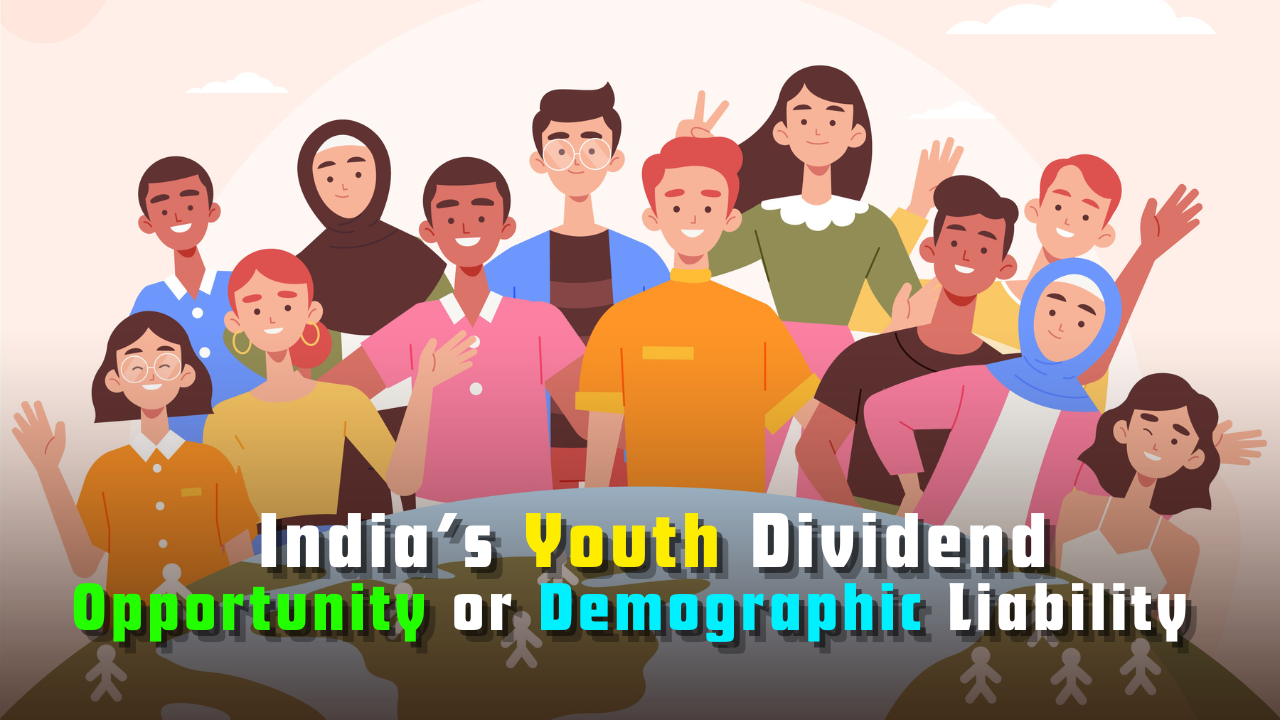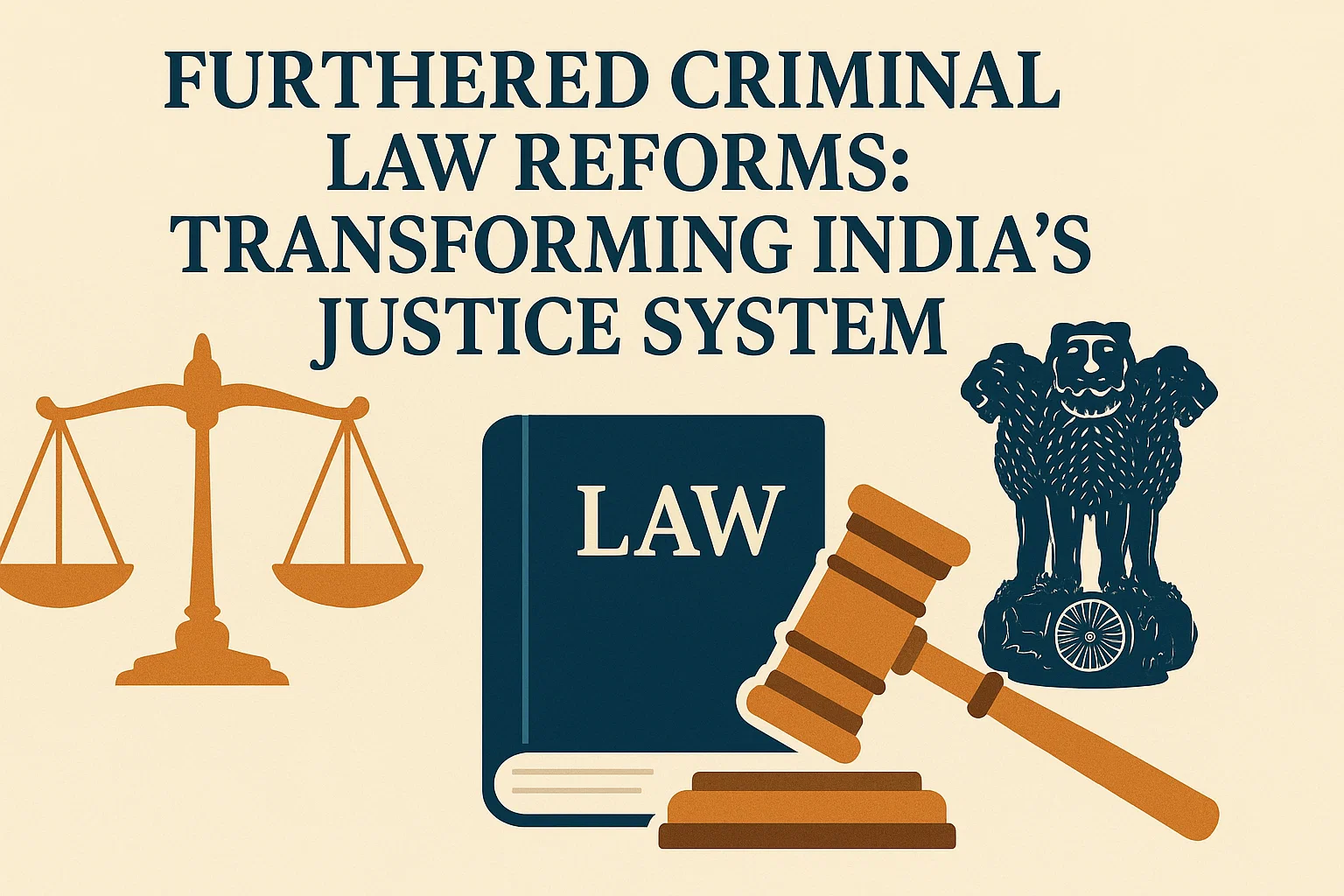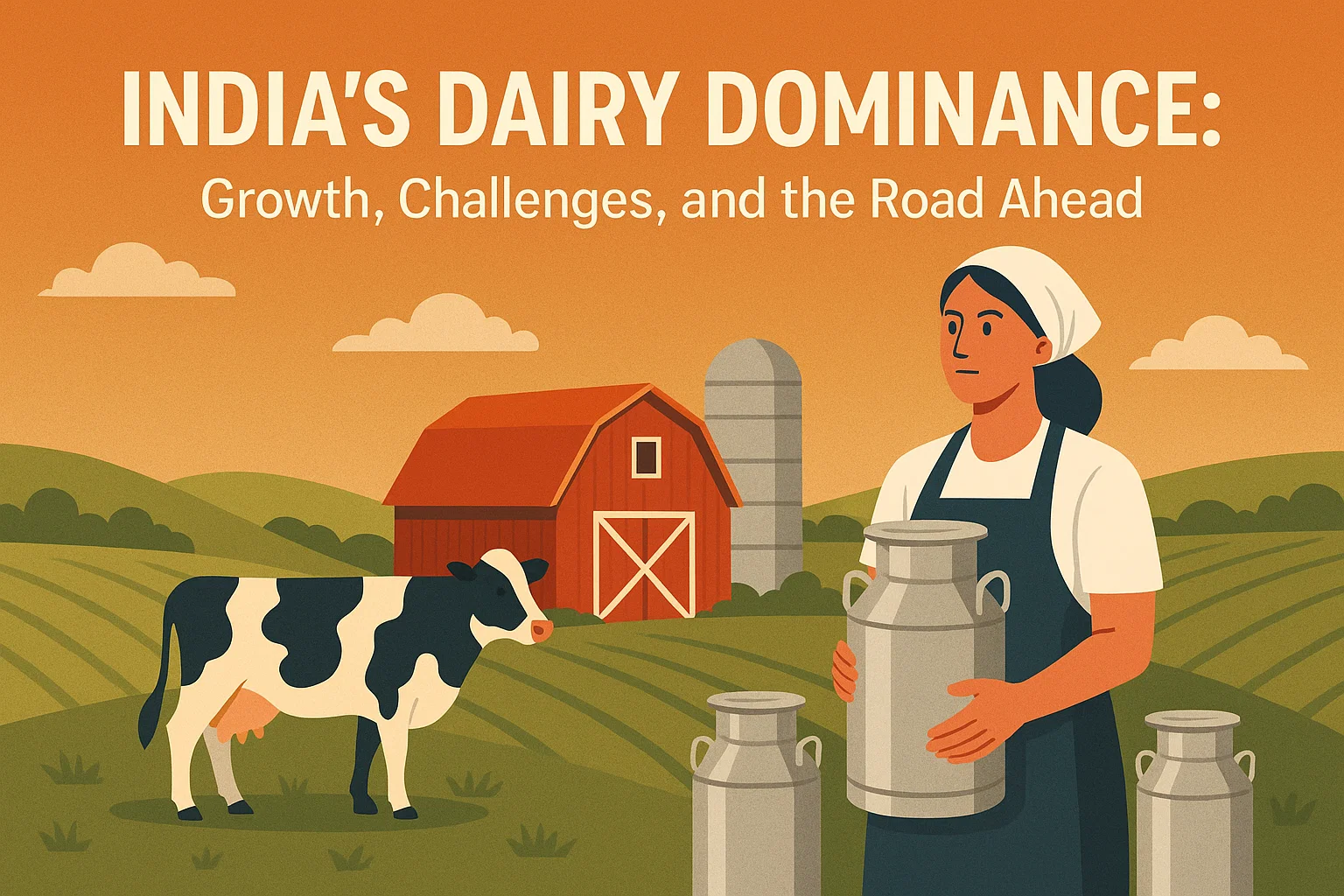India’s Youth Dividend: Opportunity or Demographic Liability
India holds the world’s largest youth population, but without urgent investment in education, skills, and jobs, its demographic dividend could turn into a liability.

Introduction
India today has the largest youth population in the world—about 420 million people aged between 15 and 29, making up 29% of the nation’s total population. As Rajesh Shukla observes in “The Clock is Ticking away for Our Youth Dividend to Aid Progress” (Mint, 11 August 2025), this vast cohort is often celebrated as a “youth dividend”—a historic opportunity for India to accelerate its economic growth and reshape its society. Many policymakers, commentators, and economists share this optimism, seeing in these numbers the chance for India to emerge as one of the world’s most prosperous and influential nations.
Yet, as Shukla cautions, such a demographic advantage is not an automatic guarantee of progress. It is a potential that must be realised through deliberate and coordinated action. Without this, the youth dividend could quickly become a “demographic liability”, in which millions of young people remain undereducated, underemployed, and frustrated, with potentially destabilising consequences.
Geoffrey McNicoll, in “Policy Lessons of the East Asian Demographic Transition” (Population and Development Review, Vol. 32, No. 1, March 2006), calls East Asian achievement “the gold standard of development achievement” because it “entailed rapid social development, in particular the transformation of demographic regimes from high to low mortality and fertility and a strong expansion in secondary education on top of near-universal primary schooling” . This did not happen by luck alone. As he notes: “Altogether, through some combination of good judgement and historical luck, those countries got the settings right. Others should seek to learn from them how it was done” . India, by comparison, still shows a mixed record—strong in some areas but marked by serious gaps in others.
From a broader development perspective, Jean Drèze and Amartya Sen remind us in An Uncertain Glory: India and Its Contradictions (Allen Lane, 2013) that “the achievement of high growth… must ultimately be judged in terms of the impact of that economic growth on the lives and freedoms of the people” (viii). If India’s young people gain access to quality education, healthcare, and genuine opportunities to live the lives they value, then the demographic dividend will be meaningful. If not, rapid population growth could strain public services, erode social stability, and slow the country’s economic momentum.
Capability Constraints
At first glance, the numbers seem positive. Only about 3% of Indian youth are illiterate, and more than 30% have completed higher education. This is a huge improvement compared with a generation ago. However, behind these headline statistics lies a more troubling reality: the skills young people gain are often not the skills employers need.
As Matthias Pilz explains in review of Santosh Mehrotra’s book India’s Skills Challenge: Reforming Vocational Education and Training to Harness (Oxford, 2014), “India’s economic growth is being jeopardised by a shortage of skilled labour… most of the new workers emerging from the training system have inadequate skills for the world of work, and a majority lack adequate vocational qualifications to be able to meet the demands of the labour market” (Journal of Vocational Education and Training, 2016) This conclusion comes from a very large and detailed study: 251 industrial training institutes (ITIs), 375 businesses, 5,000 students and trainers, and 100 experts. The researchers used seven different questionnaires to understand how well the training system works. The results showed that 15.5% of students in state ITIs drop out, around one third… unemployed” 18 months after finishing, and that 67% of teachers in state-run ITIs were themselves graduates of ITIs while fewer than 10% had university degrees.
From a capability perspective, this is exactly what Drèze and Sen mean when they talk about “the remarkably limited societal reach of economic progress”. Formal education without real learning outcomes does not give people the freedom to choose meaningful work or participate fully in society. If India’s young people are not equipped with relevant, high-quality skills, the demographic dividend will not materialise.
Geographic Inequities
Another major barrier to converting the youth bulge into a national advantage is the huge gap between different states. In Kerala and Tamil Nadu, more than half of young people have completed higher education. But in Bihar, Madhya Pradesh, Rajasthan, and Uttar Pradesh, the figure is only around 20–22%, and about a quarter have only completed primary school. Drèze and Sen point out that “well-functioning public services… are critical in fostering participatory growth… India’s highly privatised and compartmentalised education systems… perpetuate social disparities”. In states with stronger public education and health systems, such as Kerala, young people have more opportunities to develop their capabilities. In less developed states, many are forced to migrate to other parts of the country in search of work. This not only puts pressure on urban areas but also leaves their home regions with fewer skilled workers, creating a cycle of underdevelopment.
If the quality of services remains so uneven, India’s youth dividend will be highly localised—benefiting certain states while bypassing others. True national progress will require universal access to quality education, healthcare, and digital infrastructure.
Lessons with Limits
The East Asian experience shows that a country can turn a large youth population into a driver of prosperity if it invests in human capital and manages demographic change well. McNicoll highlights several key factors: the “establishment of an effective system of public administration at the local level”, “promoting and delivering modern birth control methods”, and “effective delivery of health, education, and family planning services”. However, he cautions that “those… cannot be claimed as either individually necessary or collectively sufficient… but are apparent contributors… worth close attention in other situations”. Importantly, the order of reforms mattered: “Administrative order and effectiveness came first… Neither the early statism nor the later liberalism seems to be dispensable”. McNicoll’s central point is that both steps were essential. Too much early government control could have slowed innovation and growth, while opening the economy too soon, without strong public systems, could have led to disorder, inequality, and poor results. In short: first build a capable and effective state, then liberalise—both are necessary for lasting success.
For India, which is a democracy with enormous diversity and a federal system of government, these lessons must be adapted. Unlike some East Asian countries that had strong central control, India’s reforms must navigate political competition, regional variation, and public debate. This makes change slower, but it also means that reforms, once agreed, may be more resilient because they have broader public support.
Drèze and Sen emphasise that in a democracy, the expansion of capabilities depends on active civic engagement: people must demand universal healthcare, quality education, and fair job opportunities. Without public pressure, reforms may remain piecemeal and slow.
Reform Imperatives
India has made undeniable progress: a rapid fall in illiteracy, over 30% of young people holding degrees, and a robust digital public infrastructure through Aadhaar, UPI, and DigiLocker. These tools can make it easier to deliver services and connect people to opportunities.
Yet the vocational training system still fails to meet demand in terms of quantity, quality, or relevance. Mehrotra’s recommendations in the book India’s Skills Challenge: Reforming Vocational Education and Training to Harness include designing curricula based on actual skill needs, expanding vocational education in general schools, creating a national skills framework to allow students to move between academic and vocational streams, involving the private sector more closely in training, reforming vocational law, and introducing new funding models.
In capability terms, these steps would help young people choose the kind of work they want, rather than accepting whatever is available. But these reforms require more than good intentions—they demand investment, teacher training, updated facilities, and strong partnerships between government, industry, and civil society.
Urgency and Agency
India’s youth dividend is time-bound. Demographic trends mean the proportion of young people will start to decline in the coming decades. If India fails to equip its youth with the capabilities they need, the opportunity will close—and the country will be left with an ageing population without the economic strength to support it.
Drèze and Sen warn: “The urgent need to address these huge disparities and deficiencies would be hard to deny… Maintaining—and if possible increasing—the pace of economic growth will have to be only one part of a larger—much larger—commitment”. The challenge is not just to create jobs but to create decent work that builds skills, provides stability, and allows for social mobility.
McNicoll’s conclusion applies directly to India’s situation: “Getting those local institutions right not only directly promote demographic transition but has an important if ordinarily less-than-miraculous economic payoff as well” . In other words, building effective local governance, schools, and healthcare is not only good for people’s well-being—it also makes economic sense.
Conclusion
The evidence from both India and East Asia is clear: demography is not destiny. A large youth population can be a powerful engine for growth and social progress, but only if supported by the right policies and institutions. Without investment in capabilities—education, health, and skills—demographic advantage can quickly turn into a source of instability.
India’s youth dividend is a race against time. As Rajesh Shukla has warned, the “clock is ticking”. The country must act boldly, ensuring that every young person has the opportunity to learn, work, and participate fully in society. This means universalising quality education, reforming vocational training, creating equitable job opportunities, and reducing the stark inequalities between states.
If India succeeds, it will not only achieve higher economic growth but also expand the freedoms and dignity of its people. If it fails, the demographic dividend will become a demographic liability, with costs—economic, social, and political—that will be felt for generations.
Subscribe to our Youtube Channel for more Valuable Content – TheStudyias
Download the App to Subscribe to our Courses – Thestudyias
The Source’s Authority and Ownership of the Article is Claimed By THE STUDY IAS BY MANIKANT SINGH





